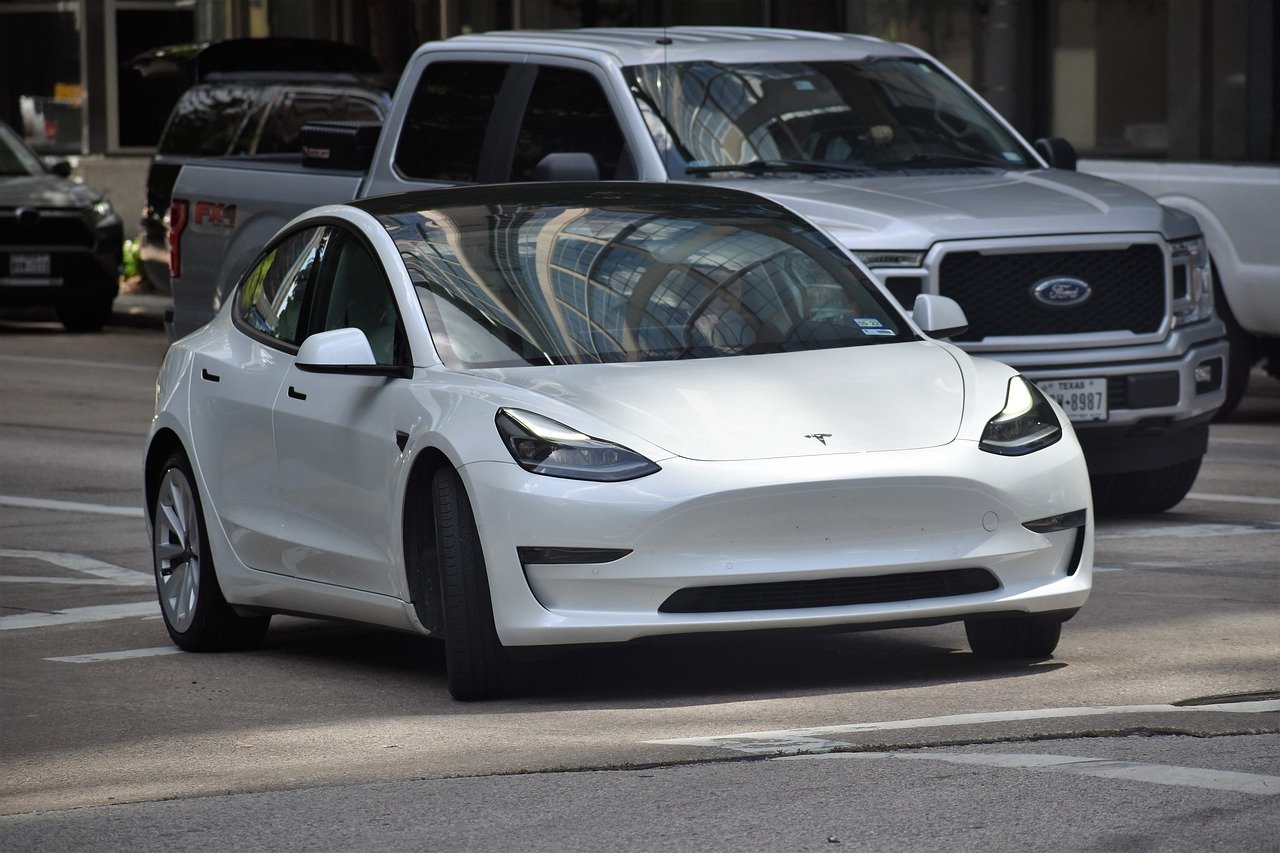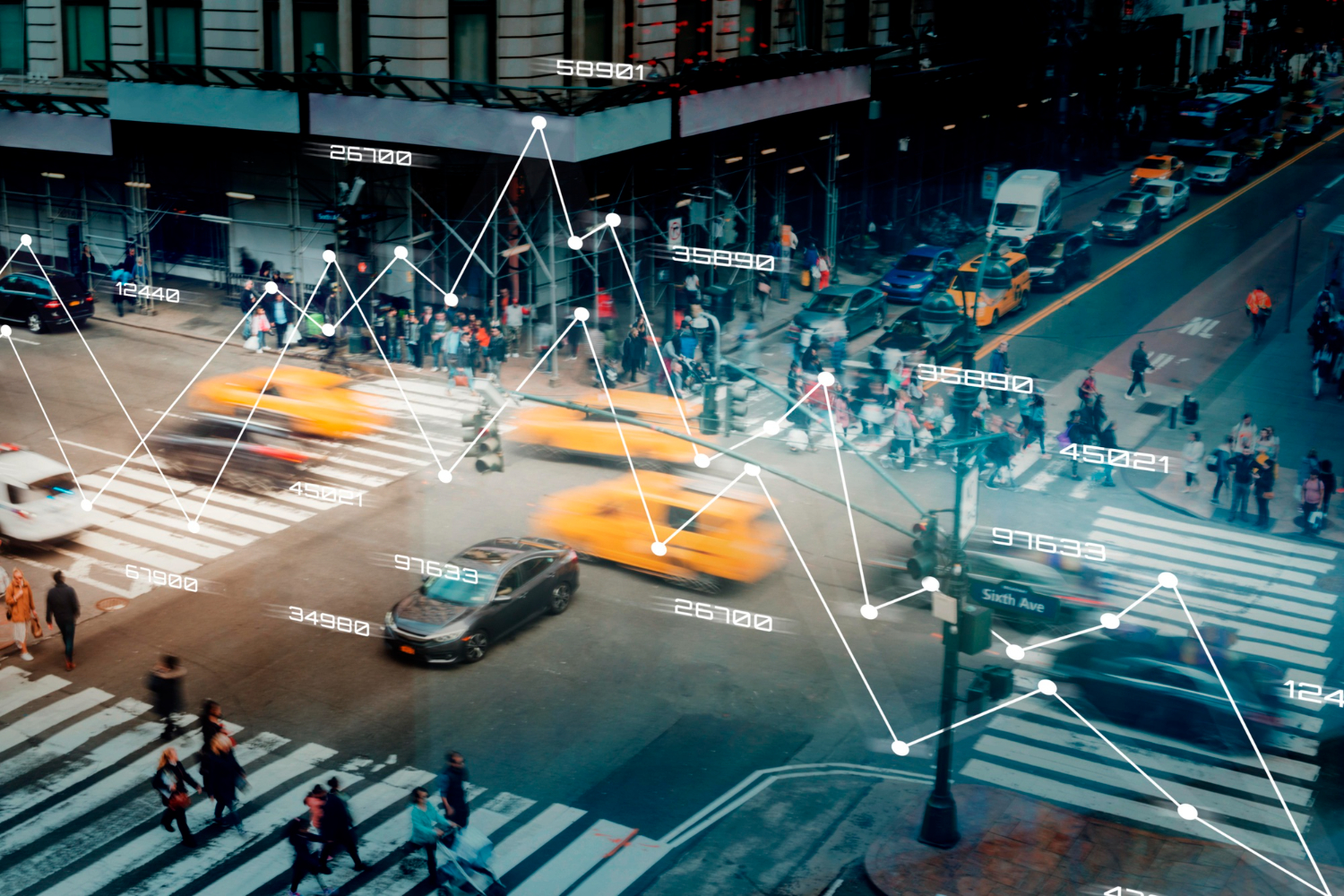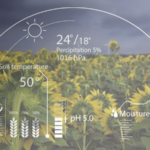As we move further into the 21st century, we find ourselves in the technological revolution driven by artificial intelligence (AI). The impact of AI can be seen across various industries. And one sector that is experiencing considerable transformation is transportation. From autonomous vehicles to traffic management systems, AI is reinventing the future of transportation. In this blog post, we will dive into the newest AI trends that are reshaping the transportation industry.
AI Trends in Transportation
The advancements in AI technology have opened up many possibilities in transportation. One of the prominent AI trends in transportation is the development of autonomous vehicles. Self-driving cars, trucks, and even drones are becoming a reality, promising increased safety, improved efficiency, and reduced congestion on our roads. These vehicles use AI algorithms and sensors to sense their environment, make real-time decisions, and navigate with minimal human intervention.

Another significant AI trend in transportation is the utilization of AI for traffic management. With the ever-growing number of vehicles on the roads, managing traffic flow and reducing congestion has become a critical challenge. AI-powered traffic management systems analyze vast amounts of real-time data, including traffic patterns, weather conditions, and vehicle movements. And they can use that to make predictive congestion management.
In this blog post, we will explore these AI trends in transportation in detail. And explain how AI is used to improve the future of transportation. We will also discuss the potential benefits and challenges associated with the integration of AI in transportation.
Traffic Management using AI technology
One of the significant challenges faced by transportation systems worldwide is managing traffic flow and reducing congestion. Fortunately, AI has emerged as a powerful tool in addressing this issue by revolutionizing traffic management. Using AI algorithms and real-time data analysis, transportation authorities can make more informed decisions and implement measures to optimize traffic flow and alleviate congestion.
In cities like Singapore and Los Angeles, AI is being harnessed to manage traffic effectively and enhance the commuting experience. Singapore, known for its smart city initiatives, has implemented an innovative system called the Urban Traffic Management and Control (UTMC). This system utilizes AI algorithms to analyze real-time data from various sources, including surveillance cameras, traffic sensors, and mobile devices. By processing this data, the system can detect traffic patterns, and identify congested areas. Then they can dynamically adjust traffic signal timings to optimize the traffic flow. Additionally, Singapore leverages AI-powered predictive analytics to predict traffic conditions. And it enables authorities to actively manage congestion and make timely interventions.
AI trends in Logistics

The efficient management of the supply chain is crucial for businesses to boom. AI has emerged as a game-changing technology to upgrade supply chain management. And it can improve efficiency and enhance the customer satisfaction of a business. By leveraging AI algorithms and data analytics, businesses can make data-driven decisions, optimize route planning, and transform warehouse operations.
One notable example of AI implementation in supply chain management is evident in the operations of e-commerce giant Amazon. With an expansive network of warehouses and a complex delivery infrastructure, Amazon relies on AI-powered systems to optimize its logistics processes. AI algorithms analyze huge amounts of data, including historical order information, real-time inventory levels, and customer preferences. And it can use to fulfil customer orders with minimum delivery delays. By automatically identifying the most efficient routes and distribution centres, AI helps Amazon minimize transportation costs and improve delivery efficiency.
Autonomous Vehicles – powered by AI technology
One of the most exciting developments in the transportation industry is autonomous vehicles. These self-driving cars, trucks, and other autonomous vehicles are powered by advanced artificial intelligence (AI) systems. And that enables them to navigate on roads with a minimum human touch. AI plays a crucial role in the development and functioning of autonomous vehicles. It enables them to recognize their surroundings, make real-time decisions, and ensure safe and efficient transportation.

Companies like Waymo and Tesla are at the forefront of autonomous vehicle technology, harnessing AI to create ground-breaking innovations. Waymo, a subsidiary of Alphabet Inc., has been extensively testing and refining its autonomous driving technology. Their AI-powered systems leverage a variety of sensors, including radar, lidar, and cameras, to detect and interpret the surrounding environment. By analyzing this vast amount of data, Waymo’s AI algorithms can accurately perceive and understand road conditions, traffic patterns, and obstacles. It allows their self-driving vehicles to make informed decisions in real-time.
Tesla, led by Elon Musk, is another prominent player in the autonomous vehicle industry. Tesla’s Autopilot system utilizes AI algorithms and a network of sensors to enable advanced driver-assistance features. The AI-powered software combines data from cameras, ultrasonic sensors, and radar to detect and interpret the environment. By continuously analyzing this data, Tesla’s autopilot driving system can assist with complex tasks. Such as lane keeping, adaptive cruise control, and automatic emergency braking, enhancing driver safety and comfort.
Enhanced Safety and Security with AI power

When it comes to transportation, safety and security are paramount concerns. Artificial intelligence (AI) is playing a crucial role in improving safety measures and enhancing security in various aspects of transportation. One notable application is the development of advanced driver-assistance systems (ADAS) that leverage AI algorithms to provide a range of safety features for vehicles.
ADAS incorporates a combination of sensors, cameras, and AI-powered algorithms to monitor the environment around the vehicle. And it assist drivers in avoiding potential hazards. For instance, collision avoidance systems utilize AI to detect and analyse objects in the vehicle’s path. And issuing warnings or even triggering automatic braking to prevent or mitigate collisions. Lane departure warning systems use computer vision algorithms to monitor lane markings and alert drivers if they unintentionally drift out of their lane. Adaptive cruise control systems employ AI to maintain a safe distance from other vehicles and adjust the vehicle’s speed accordingly.
By leveraging AI technology, these ADAS features significantly reduce the risk of accidents and provide an additional layer of safety for drivers and passengers. The ability of AI algorithms to process vast amounts of data in real-time enables vehicles to swiftly identify potential dangers and respond proactively. And it can help prevent the collisions and also reduce the impact of accidents.





